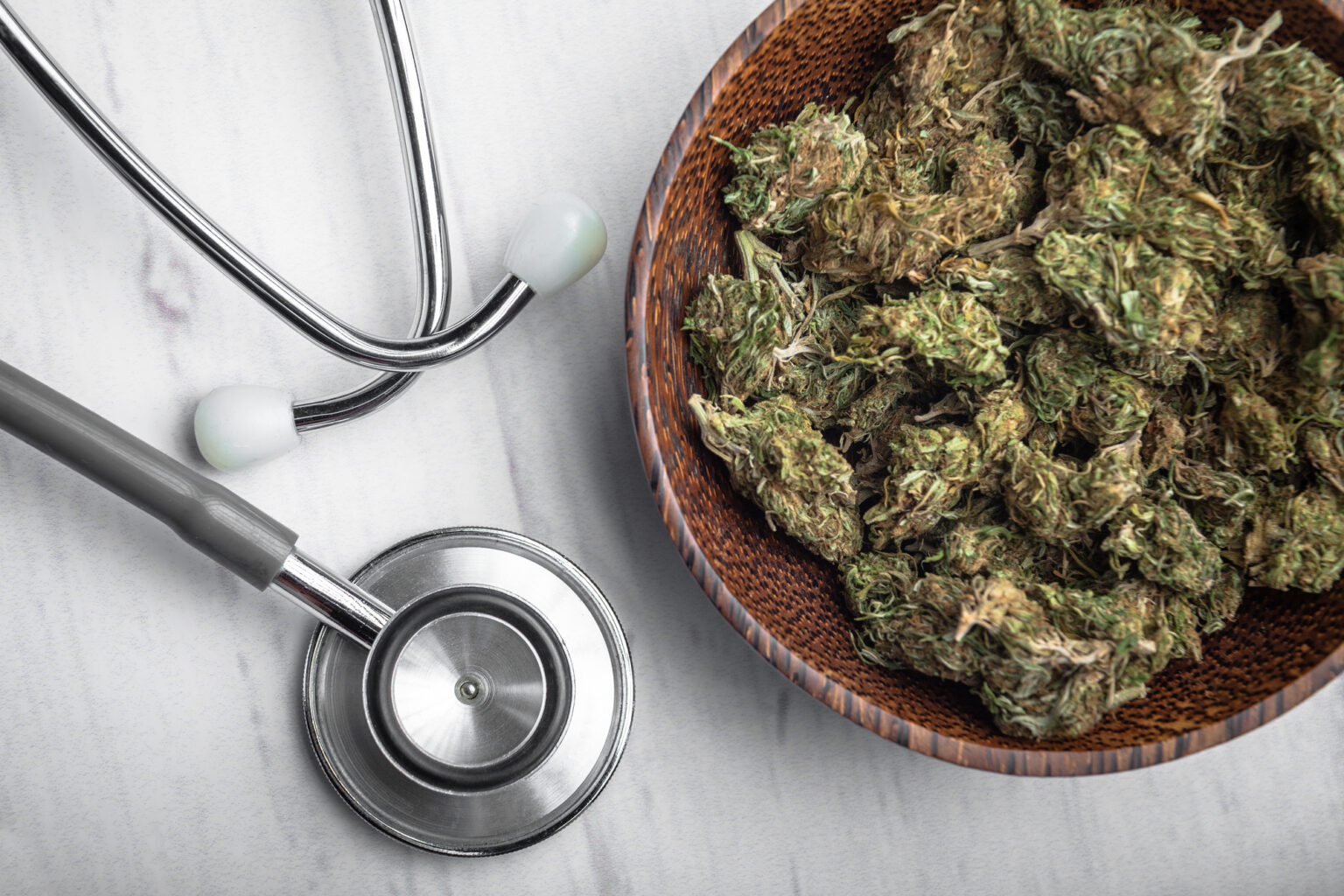
How Does Marijuana Make You Hungry?
Have you ever heard the phrase “the munchies” and wondered what it meant? Or have you experienced an insatiable appetite after smoking marijuana? If so, you’re not alone. For many people, one of the most notable effects of marijuana is an intense craving for food, even if they just ate. But why does this happen? How does a plant that’s often associated with relaxation and getting high also turn us into ravenous beasts? If you’re smoking, try taking Simply Supplements too! In this blog, we’ll explore the science behind how marijuana affects the body and brain, and the mechanisms that lead to increased appetite. Whether you’re a seasoned smoker or just curious about the topic, you’ll discover the fascinating connection between marijuana and hunger, and gain a deeper understanding of this widely used plant.
Get ready to dive into the world of the munchies, but before that if you live in Ohio and are looking for medical marijuana to treat your health condition, you can apply for a Medical Marijuana Card Ohio.
What Causes the Munchies?
The phenomenon, known as the “munchies,” is a well-known side effect of cannabis use. But what causes it? The answer lies in the complex interplay between marijuana’s active ingredients and our body’s own regulatory systems. THC, the primary psychoactive compound in marijuana, activates a specific set of receptors in our brain and body, leading to a variety of effects, including increased appetite and cravings. But THC is not the only factor at play. Other compounds in marijuana, as well as our own endocannabinoid system, can also influence our appetite and hunger levels. By understanding the underlying mechanisms behind the munchies, we can gain a better appreciation for the complex ways in which our bodies interact with cannabis.
How THC Activates CB1 and Increases Appetite
Marijuana’s main active ingredient, tetrahydrocannabinol (THC), causes the “munchies” by activating cannabinoid receptor type 1 (CB1) in various body tissues. CB1 is part of the endocannabinoid system, which plays a crucial role in regulating appetite, among other functions. When THC binds to CB1, it can cause a cascade of effects that lead to increased hunger and cravings.
CB1 is found in several areas of the body that are involved in regulating appetite, including the basal ganglia, limbic forebrain, stomach, small intestine, hypothalamus, and rhombencephalon. In the basal ganglia, CB1 activation can enhance eating pleasure, making food taste better and more satisfying. In the limbic forebrain, CB1 activation can enhance food palatability, making us crave certain types of foods, especially those high in fat and sugar.
CB1 activation in the stomach and small intestine can regulate ghrelin, an appetite-stimulating hormone that speeds up digestion and increases hunger. THC can decrease levels of peptide tyrosine tyrosine (PYY), a hormone that suppresses appetite, and activate the mTOR (mammalian target of rapamycin) pathway, which can increase ghrelin levels and hunger.
Finally, THC can also stimulate a subset of neurons called proopiomelanocortin neurons (POMCs), which are involved in both suppressing hunger (primary pathway) and increasing appetite (secondary pathway). Recent research has shown that dronabinol, a synthetic form of THC, can stimulate the secondary pathway without stimulating the primary one. Overall, the complex interplay between THC, CB1, and other appetite-regulating factors can lead to the intense hunger and cravings that are commonly associated with marijuana use.
How Long Do the Munchies Last?
The duration of the munchies can vary depending on several factors, including the dose and method of consumption. In general, when inhaling cannabis, the effects can peak in the brain within 3 to 10 minutes, and usually last for around 2 to 3 hours. On the other hand, when ingesting cannabis, it can take up to 2 hours for the effects to peak, but they can last for 6 to 8 hours or longer. However, it’s important to note that people can respond to cannabis differently, and their increase in appetite may follow a different pattern than what’s described above. Therefore, it’s difficult to predict exactly how long the munchies will last for each individual.
Although marijuana does have a tendency to make people crave for their favorite dishes, it has shown significant results in treating several health conditions such as chronic pain, PTSD, anxiety, depression, epilepsy, etc. So if you are dealing with any of the above health conditions, you can apply for a medical marijuana card online.
The Final Word on Marijuana and the Munchies
The munchies may be one of the most well-known side effects of marijuana use, but there’s still much we don’t understand about how it works. As we’ve seen, THC and other compounds in marijuana can activate specific receptors in our brain and body, leading to increased appetite and cravings. But the effects can vary widely depending on factors like the dose, method of consumption, and individual response. Despite the many unanswered questions, one thing is clear: the munchies can be a powerful force, and one that can be both a source of pleasure and frustration for many cannabis users. For those looking to manage their appetite while using marijuana, there are a few strategies that may help, such as choosing strains with lower THC content, avoiding sugary or high-calorie foods, and staying hydrated. Ultimately, whether you enjoy the munchies or find them to be a nuisance, it’s important to approach marijuana use with a balanced and informed perspective, and to listen to your body’s own cues and signals.







